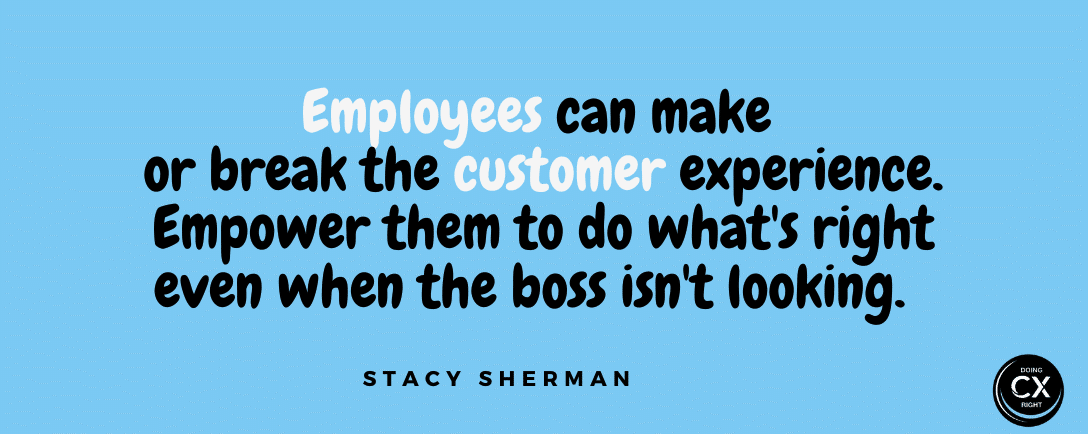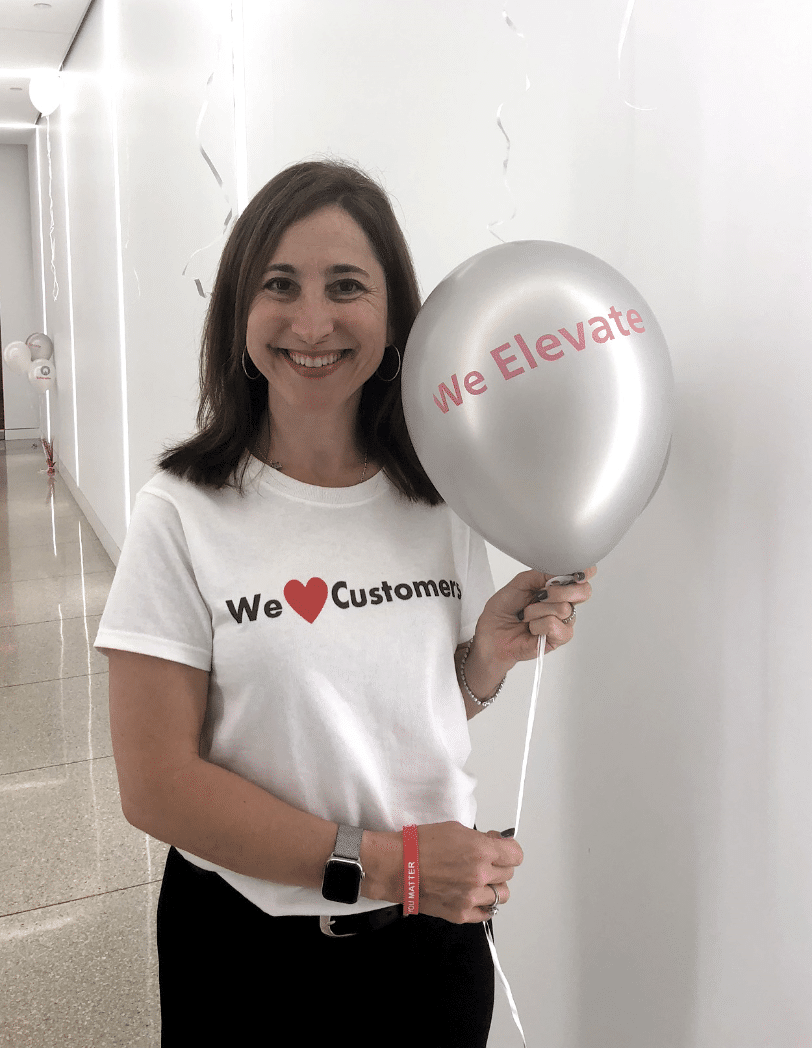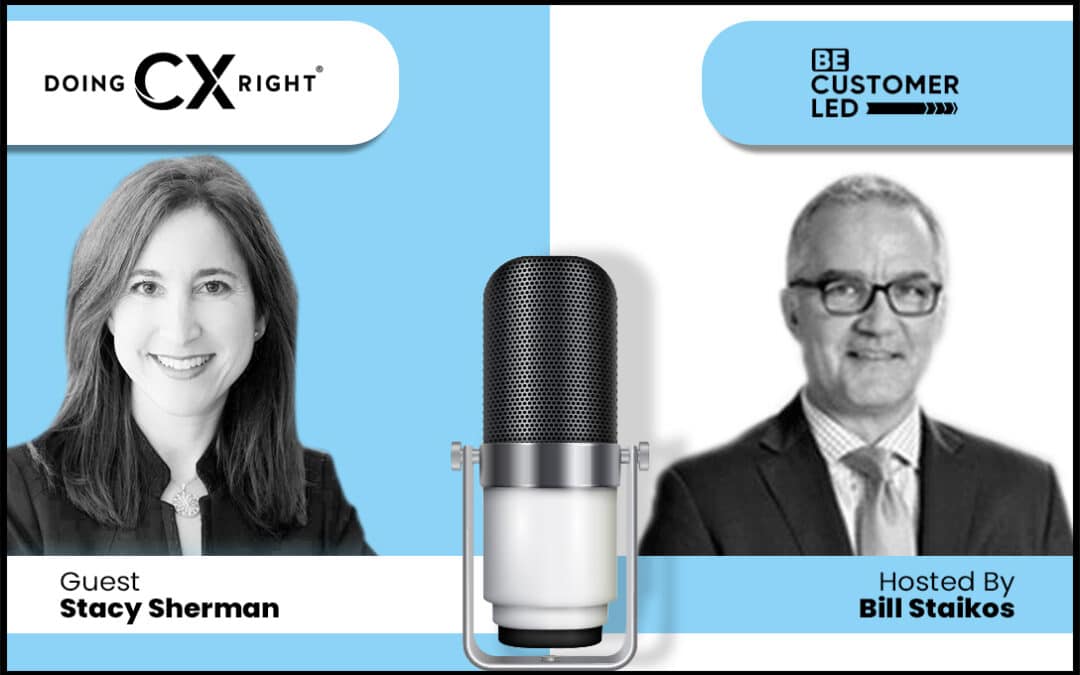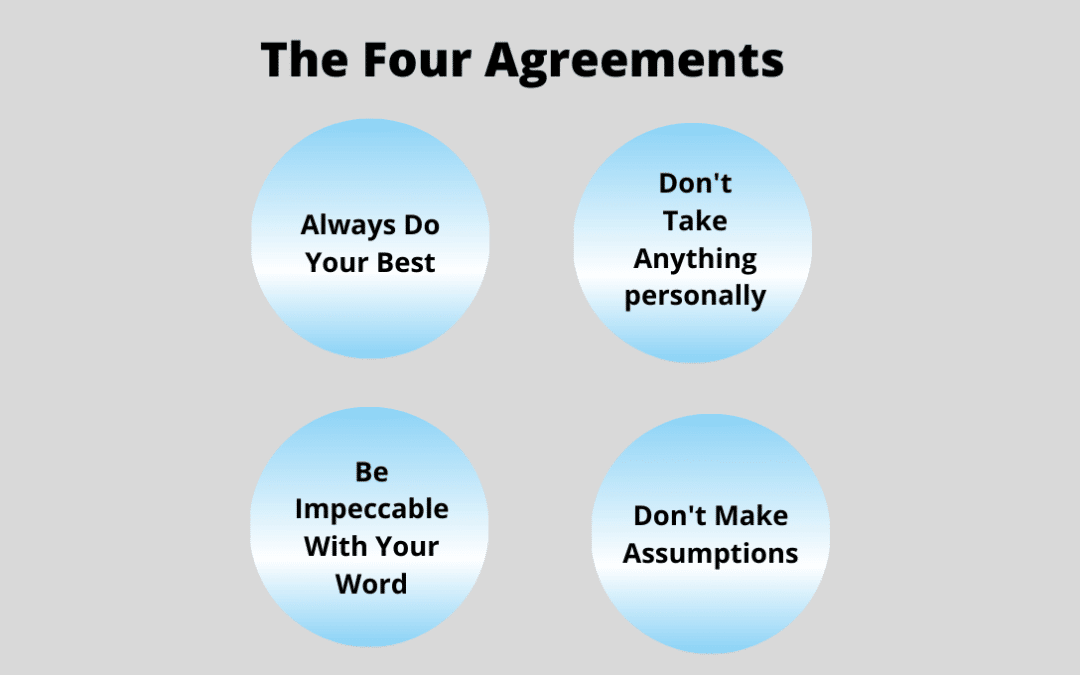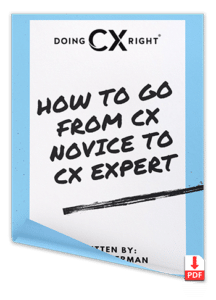
Five Ways To Experience Less FOMO, In And Out Of The Workplace
Stacy Sherman’s FOMO article originally featured in Forbes.
Have you ever been excluded from meetings that you felt deserving to be in given the discussion topics? Have there been gatherings to which you’re either not invited, or you are invited but are unable to attend?
Fear of missing out (FOMO) is real.
While many organizations are ramping up diversity initiatives and hiring leaders to increase inclusion everywhere, each of us needs to learn how to own our experiences. We must manage our mental energy to experience great happiness wherever we are. This includes turning “FOMO” into “JOMO” (joy of missing out, or not being involved in what others are doing).
———–
To achieve JOMO, I am not suggesting that you stop attending meetings and events or stop advocating for what you believe in. Yet, to have more satisfying experiences, we must intentionally own our reactions to people and situations. Knowing that FOMO exists, we can actively avoid predicted negative outcomes, such as fatigue and stress.
With many opportunities for experiences in the workplace and in our personal lives, it’s impossible to be a part of them all. Sometimes, we’ll have the decision to make on our own, and sometimes that decision will be made for us. There are steps you can take to achieve JOMO in response to the experiences you are not a part of.
Five Ways To Avoid FOMO And Achieve JOMO
1. Shift your mindset.
Recognize that you may not really be missing out but rather making assumptions and taking something personally — for instance, regarding the reason you weren’t invited. Previously, I discussed the impactful lessons from The Four Agreements by Don Miguel Ruiz, and I believe they can be applied here. Doing so may lead you to improve relationships and feel fewer disappointments with colleagues, bosses, customers, friends, family members and even strangers.
2. Be an experience leader.
When human connection is challenging yet desired, as it is now due to the pandemic, consider hosting a meeting or an event to fuel teamwork. For example, I’m having podcast and book club discussions with my organization. It enables us to get to know each other beyond day-to-day projects, which organically drives better teamwork and results. Replace the feeling of missing out on in-person connections with the joy of connecting virtually.
3. Follow your instincts and listen to your inner whispers.
If you feel uncomfortable for any reason, don’t partake or feel bad for not joining others. Physical and mental safety always come first. Trust your instincts and have confidence in your decision to miss out on the experience.
4. Evaluate objectively.
Ask yourself honestly if you have the right skills and experiences to add value to the conversations, especially in the workplace. Ego often gets in the way of seeing and hearing clearly. Don’t let it override your rational side. Keep evaluating objectively and you may notice a difference in how you feel about certain situations.
5. Choose who you let into your world.
If you’re able to add value and have communicated your views to decision-makers but still don’t feel included, then you have choices to make. Are you in the right room? Are you ready for a new job or workplace? Would it be best to move on from certain social groups? It may be time to radically accept reality and stop “watering dead plants.” Finally, social media is also an experience you let into your world — be mindful that it can add to a feeling of FOMO.
I’m interested to hear your views on FOMO and how you can accomplish more JOMO in your personal and professional life!
Please share your perspective in daily conversations on social media.


